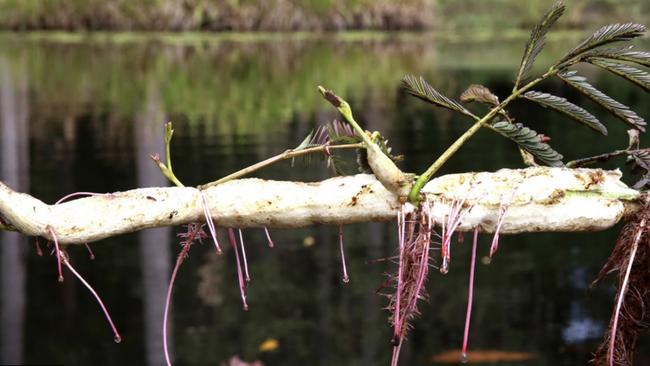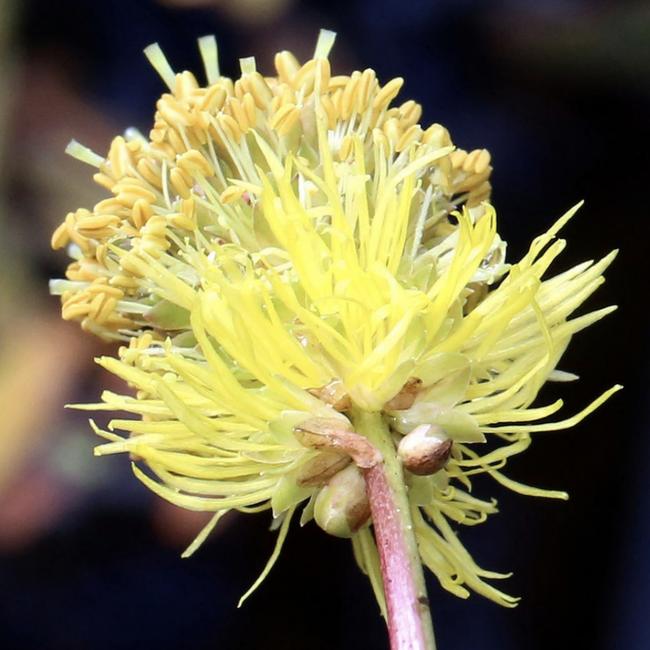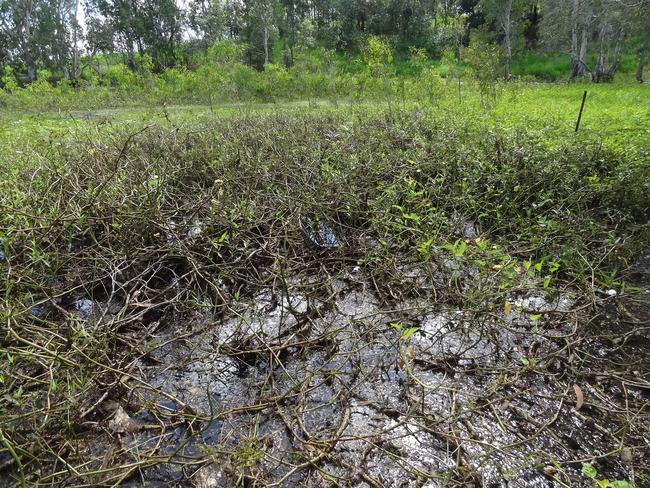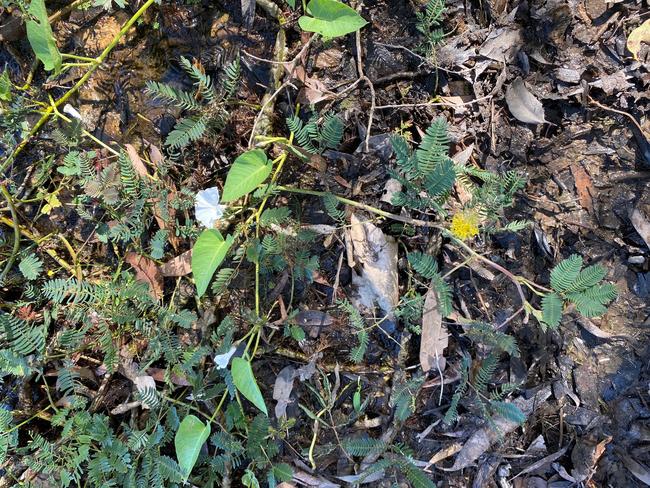Water mimosa near Mackay an extreme risk to waterway health
Reef Catchment’s JONATHAN REICHARD WRITES of the first encroachment of a menacing invasive weed into the Mackay region.

WHILE pest species are something that are always on the minds of landholders, in some cases there is a legal requirement to act when you come across restricted invasive plants and animals.
For example, earlier this month, biosecurity officers confirmed the presence of the invasive weed water mimosa at Kuttabul, just north of Mackay.
Water mimosa (Neptunia plena or N. oleracea) has compound olive green leaves with numerous leaflets, arranged opposite pairs which are sensitive to touch. It has bright yellow flowers borne in rounded clusters and flowering begins in early summer.

It is a long-lived aquatic plant which poses an extreme threat to Queensland’s waterways and wetlands.
The plant can grow from seeds and from sections of stem that break free from the parent plant. Under favourable conditions, water mimosa grows out from the banks to form floating rafts of dense interwoven stems. These can be dislodged by water movement (especially during floods) and are soon replaced by more water mimosa. These floating rafts can restrict water flow in creeks, channels and drains. It can impede recreational watersports and boating access.
Water mimosa are restricted invasive plants under the Biosecurity Act 2014. The Act requires that all sightings of water mimosa plants must be reported to Biosecurity Queensland on 13 25 23 within 24 hours of the sighting.
By law, everyone has a general biosecurity obligation to take all reasonable and practical steps to minimise the risk of spread of water mimosa until they receive advice from an authorised officer.
It must not be kept, moved, given away, sold, or released into the environment without a permit.

Water mimosa rafts are so dense they can reduce water quality by preventing light penetration and reducing oxygenation of water. This creates favourable habitat for mosquitoes and reduces fish activity, causing the death of native, submerged water plants and fish.
Reef Catchments Water and Waterways officer Carlos Bueno said water mimosa might not be noticed because it resembles the more common sensitive weed.
“It’s never been seen before in Central Queensland, it has been found at two different locations in South East Queensland and around Sydney,” he said.
Pest Management Officer for Mackay Regional Council Shelley Molloy said that “due to the diligence of the new landholder we have been able to provide support and information for removal of water mimosa from the dam.”
Water mimosa is used in Asian cooking and has been known to be distributed by gardeners. Another Asian vegetable which is grown in a similar way, but is classified as prohibited is Cha-om (Senegalia pennata sp. insuavis), a small shrub up to 5m tall which can grow like a vine. Cha-om has been sold at markets which is a problem because it can still produce seeds.
For further information and identification please visit biosecurity.qld.gov.au.



